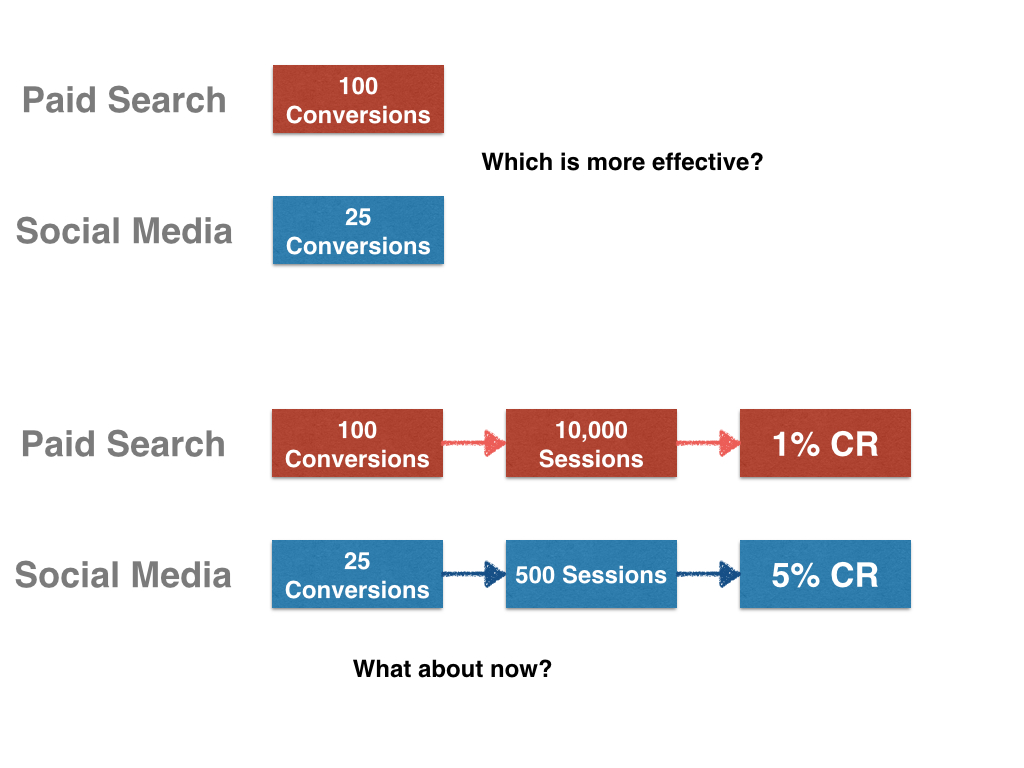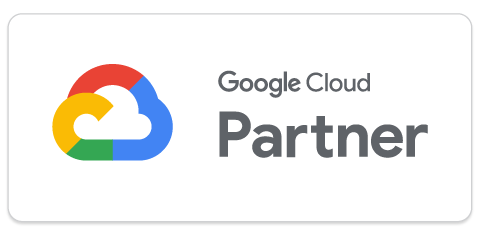
The higher education landscape is becoming increasingly competitive. Prospective students can research colleges wherever they are, whether it be online at home, on a mobile device at school, or anywhere in between. If you’re spending money on digital marketing to reach these prospective students, what are the most important digital marketing metrics for higher education?
1. Website Conversions
The number of conversions on your website is the first obvious choice as the digital marketing metric for higher education. For colleges and universities, there are generally a few macro conversions to measure:
- The Number of Requests for More Information or Contact Us Form Submissions
- The Number of Applications Started
- The Number of Applications Submitted
Beckfield College, a private, post-secondary college with campuses in Ohio and Kentucky, has a few macro conversions that are measured on their website. These are forms like the Contact Us form, Career Assessment form, and also their application form.
Suzanne Deatherage, VP of Marketing for Beckfield College, says “When reviewing analytics for my marketing needs, I focus on form completions by source or campaign, giving me my first take on ROI.”
She mentions an important part of digital marketing measurement: Segmentation. Understanding the aggregate numbers is important, but it can be misleading. Segmentation allows you to understand which traffic sources and campaigns are performing the best.
And for colleges like Beckfield that are paying close attention to digital advertising spend, understanding the channels that are performing the best is crucial to further optimization.
2. Website Conversion Rate
The total amount of conversions is important to measure, but it’s also important to understand the conversion rate for each macro conversion. Typically, conversion rate is the total number of conversions (for example, # of completed applications) / total number of sessions (or visits) within a given time period.
Understanding your conversion rates will allow you to perform much deeper analysis and better understand what marketing channels are most effective. Calculating a conversion rate removes the level of traffic from impacting your marketing channel analysis.
Let me give you an example: If I work for a local university and we spend money on paid search advertising but also have a social media strategy (which we don’t spend aything on – except for our own time), I would be interested in comparing the total number of conversions from our paid search marketing compared to our social media use.
I notice that I’ve gotten 100 completed applications from paid search, to only 25 from our social media activity. Which one is more effective?
If that’s all the information I have, I might say paid search. But luckily, it’s not, so I take a look at the number of sessions each channel drove. Paid search drove a whopping 10,000 sessions, while social media only drove 500.
But, calculating a conversion rate, paid search only converted 1% of sessions to our site, whereas social media converted 5% of the sessions to our site.

Now, I’ve removed the level of traffic from impacting the analysis and I can see social media is actually more effective at driving competed applications than paid search.
And no matter what web analytics tool you use (we of course recommend Google Analytics), they can be configured to track a conversion rate for any conversion you specify.
3. Cost Per Click
Cost per click (CPC) is another important marketing metric for higher education. If you aren’t familiar with the term Cost Per Click, it’s a pricing model that many publishers use for advertising on their platforms. Paid search, banner and remarketing ads typically use a Cost Per Click model with the purpose of driving traffic to a certain website.
It’s calculated by taking the total advertising cost / total number of clicks.
This metric is usually calculated within the advertising platform, for instance, Google AdWords (for paid search advertising).
Cost Per Click is a metric that can be continually optimized during campaigns to lower the cost of advertising while increasing clicks. Our very own Jimmy Love has a great post on The Importance of Paid Search for Higher Education, which is I highly suggest you read, after this of course.
4. Cost Per Conversion
The last two marketing metrics for higher education are a bit more advanced and require some additional work to calculate other than just looking in your web analytics tool of choice.
Cost Per Conversion is a metric similar to Cost Per Click, but instead of using the number of clicks, you use the number of conversions. This metric is more important than CPC, because instead of measuring clicks (which often don’t mean anything), you are measuring actual conversions which tie into the bottom line, like completed applications.
This is still a fairly easy metric to get if you are using AdWords and Google Analytics because they integrate seamlessly together, but if you are using other channels like Bing Paid Search, DoubleClick or other display networks, and so on, this becomes difficult to calculate.
5. Return on Marketing Investment (ROMI)
This is the holy grail of marketing metrics for higher education. This metric ties directly to your college or university’s bottom line and will prove (or disprove) your digital marketing success to management.
To calculate this metric, your college or university will need to connect online and offline behavior. For example, user behavior on the website will need to be connected with the Customer Relationship Management (CRM) tool to identify online and offline behavior.
For instance, a prospective student might have come from a paid search ad, filled out a Contact form on the website, spoke with a sales/admissions person offline, and then submitted an application online. To see that full customer journey and”close the loop”, your web analytics and CRM system will need to be integrated.


